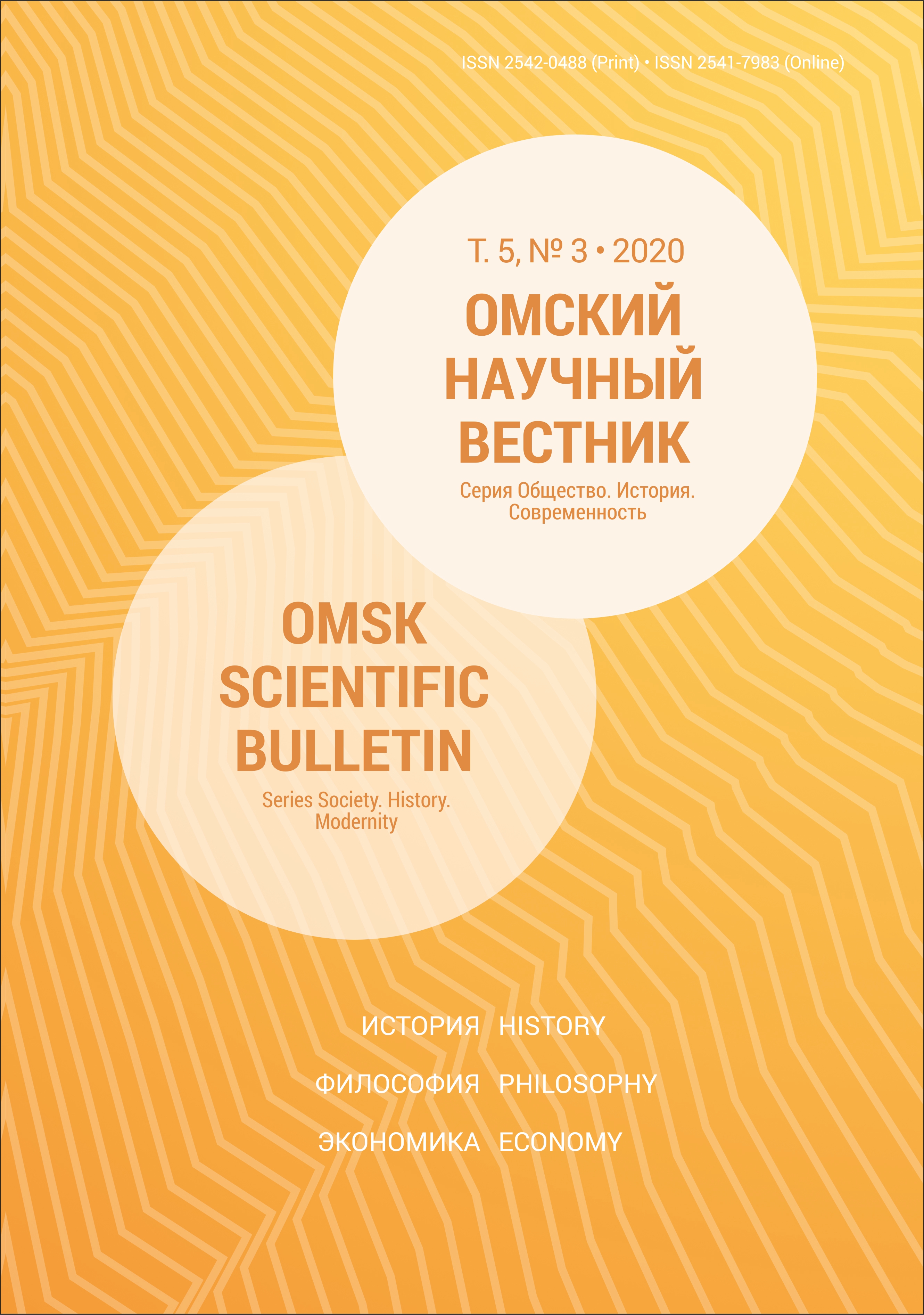Alternative inflation rates
DOI:
https://doi.org/10.25206/2542-0488-2020-5-3-129-133Keywords:
inflation, CPI, core inflation, GDP deflator, key rate, loan rate, money supply, retail turnoverAbstract
Problem and purpose. In 2019, official inflation reached the record low of 3,042 %, which is below the adopted inflation target of 4 %. First of all, this level of inflation plays the role of a politically correct social indicator. Despite the low CPI level, there is an opinion in society about higher inflation. To clarify this issue, you can use alternative indicators of price increases. The purpose of the article is to identify and analyze alternative inflation indicators. Methods. The article uses the analytical method. In particular, the main indicators of inflation are analyzed. Results. The analysis revealed indicators of price increases, which serve as alternative indicators of inflation. The analysis carried out in the article allows us to determine the versatility of inflationary processes and the possibility of the formation and use of alternative indicators of price increases. Conclusions. The analysis of inflation indicators showed that the price growth trend is bearish. In the modern economy, real inflationary processes are less intense compared with the data of various experts. The search for an indicator that really reflects price processes is relevant. Today it is the CPI. Its value is important, as it is used to adjust the minimum wage, pensions, benefits and can lead to a deterioration in the standard of living of significant groups of the population.
Downloads
Published
How to Cite
Issue
Section
License
Non-exclusive rights to the article are transferred to the journal in full accordance with the Creative Commons License BY-NC-SA 4.0 «Attribution-NonCommercial-ShareAlike 4.0 Worldwide License (CC BY-NC-SA 4.0»)




